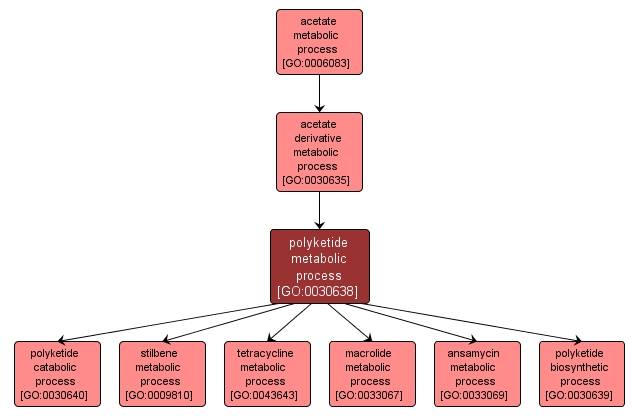| Desc: |
The chemical reactions and pathways involving polyketides, any of a diverse group of natural products synthesized via linear poly-beta-ketones, which are themselves formed by repetitive head-to-tail addition of acetyl (or substituted acetyl) units indirectly derived from acetate (or a substituted acetate) by a mechanism similar to that for fatty acid biosynthesis but without the intermediate reductive steps. |














